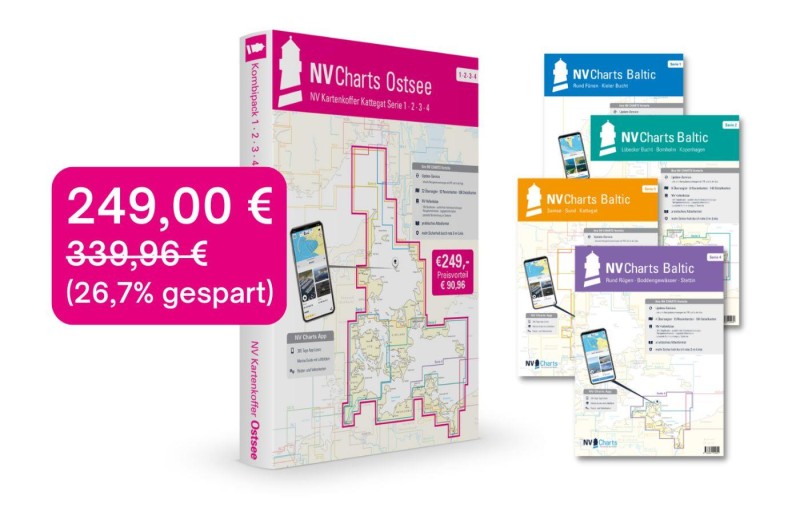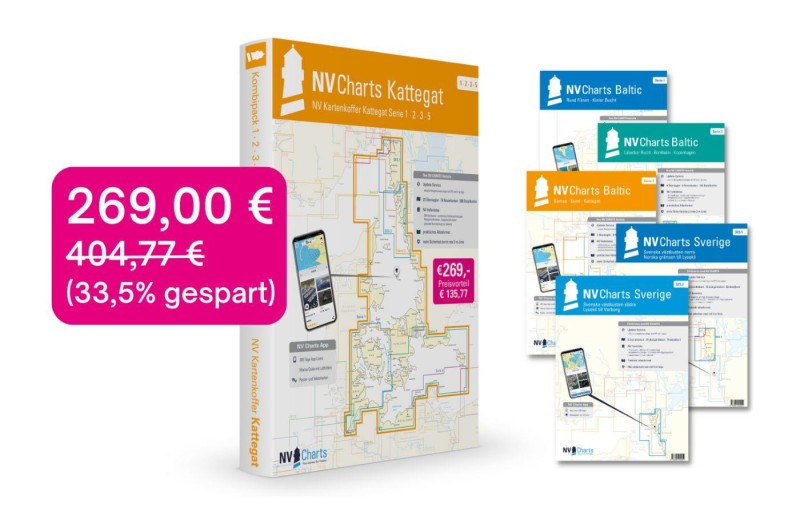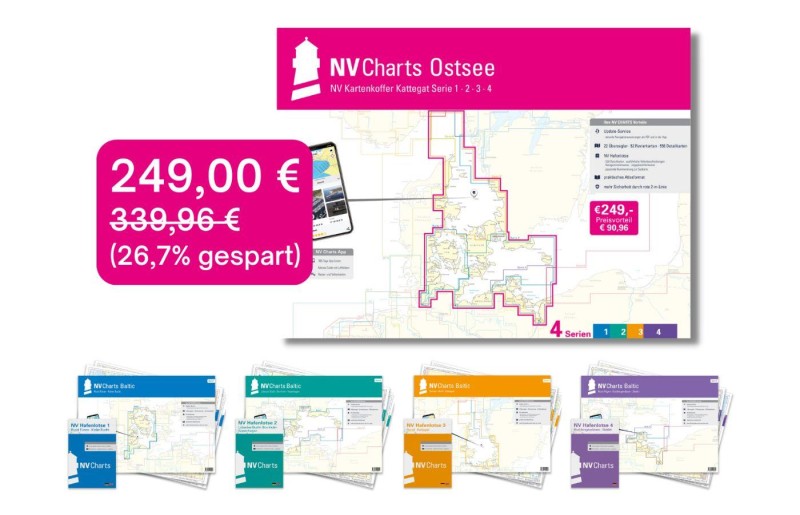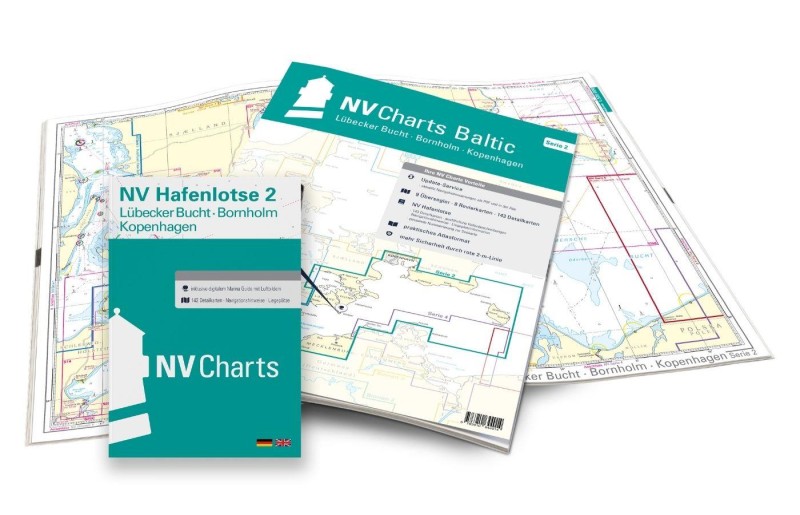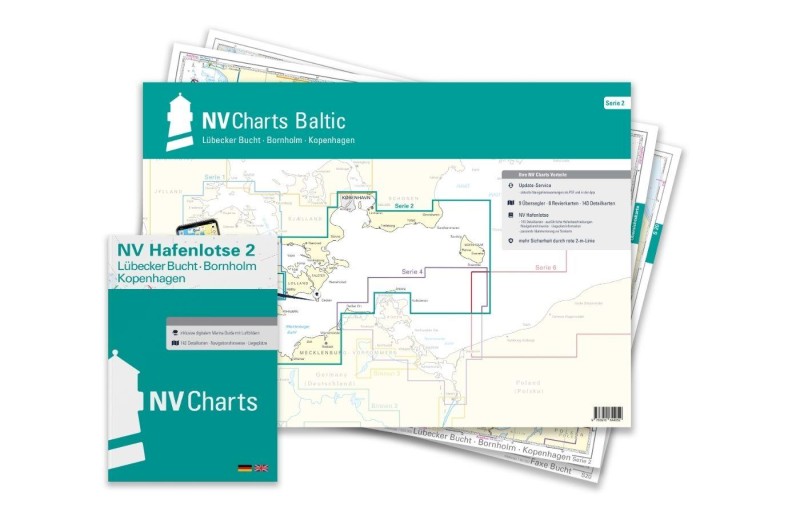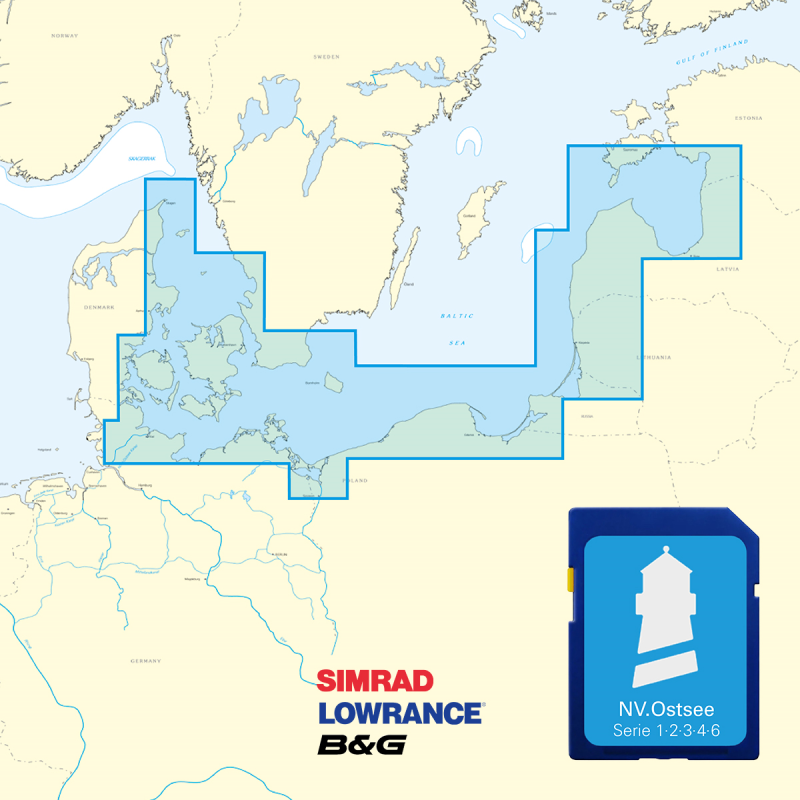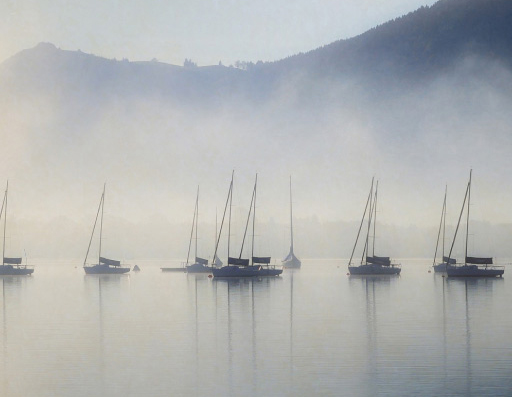Stubbekøbing
Marina near Ore
Latitude
54° 53’ 30.6” NLongitude
12° 2’ 51.3” EDescription
Largest town on Grønsund with a commercial, fishing and marina opposite Bogø Island.
NV Cruising Guide
Navigation
The approach to the lighted harbour (leading light 2 F.G 176°) is unproblematic. It leads from Grønsund over a buoyed channel (target depth 5m) to the entrance of the fishing harbour. To enter the marina, turn east-southeast behind the last red buoy and run parallel to the outer pier to the east end.
The marina is unlit, you should rather enter the fishing harbour at night.
Caution: The ferry to Bogø has right of way.
Berths
Sport boats are best moored in the marina (water depth: 2 - 2.5m), there the north pier is reserved for guests. Large yachts can moor in the fishing harbour. The commercial harbour in the west with the ferry pier should not be used by yachts.
Surroundings
The second largest town on Falster offers good supply possibilities. Diesel is available at the fishing harbour, boatyard service and boat equipment at the marina.
Ferry to Bogø.
NV Land Guide
The town is best known for its motorcycle museum. With around 170 examples dating from 1897 to 1950 and 21 mopeds, the Stubbekøbing collection is said to be the largest in Northern Europe. The museum in Nykøbingvej 54 is owed to the master painter Erik Nielsen, who had bought about 120 old motorcycles in the course of his life. In 1976 he bequeathed his veterans on two wheels to the city, having previously restored them down to the smallest detail. The museum is particularly proud of a "DKW Golen" from 1919, built by the Danish engineer Jörgen Skafte Rasmussen from Nakskov, which resembles a motor scooter. All the well-known German, French, English and American makes are also represented.
Since 1983, the museum has also had an extensive collection of old electronic equipment. Among them is a telegraph that is said to be exactly like the one on the sunken passenger ship "Titanic". The collection also includes a phonograph invented by Edison in 1878 (including well-preserved rollers) and one of the first gramophones. The museum is open daily in June, July and August.
Stubbekøbing is the oldest town on the island of Falster and was also the most important until 1400. As early as 1100 there was a small fishing village here, which flourished over the following centuries as a result of the great herring fishing campaigns. In 1354 the town was granted town rights, but was almost completely destroyed by fires in 1589 and 1639. The town's entire merchant fleet was destroyed by a storm surge in 1625. Nykøbing had outranked Stubbekøbing and the town even lost its right to a mayor in 1682. After another storm surge in 1694, only an insignificant village remained. It was not until the beginning of the 19th century that Stubbekøbing developed into a small town again.
A picturesque place Stubbekøbing is not, but here and there you can still discover a low burgher house from days gone by. In Vestergade, for example, is "Trojels Gård", a yellow one-storey long building built around 1700 and the only house in the street to survive the great fire that once again reduced the town to rubble in the late 18th century. The aged half-timbered house at Vestergade 24 is Stubbekøbing's old pharmacy from 1814.
The park to the west of the town was created by a citizens' initiative in 1881. Because the teacher R.C. Andersen took special care of the grounds, a memorial stone was erected for him in the park. In Gammel Landevej there is a bust of the father of the Danish constitution, Frederik VII, which was inaugurated in 1870. The 800-year-old church at the market is the oldest building in the town. Originally built as a basilica with three naves, it has been restored to almost its original form after a major restoration. Among the frescoes, which date back to the Catholic period, there is a coat of arms of the Pope in the choir on the left: a thanksgiving from the knight Oluf Holgersen Ulfstrand zu Bønned, who absolved himself of his sins with an envoy of Pope Leo X around 1500. The knight had killed two clergymen in a dispute over a piece of forest. As a result, the Pope had imposed a ban on him, but then pardoned the repentant sinner as part of an indulgence deal. The parsonage, which is well worth seeing, was built in 1863 and the town hall, diagonally opposite the church, was inaugurated in 1860.
In Orevej, the house of Stubbekøbing's watermill, a stamp mill built in 1839 and closed in 1919, still stands. It was here that the fabrics woven by the local farmers' wives were stamped, boiled and dyed.
A good destination for an excursion is the bog "Horreby Lyng", ten kilometres south of the town. It was once one of Denmark's largest raised bogs, but is now almost entirely forested. About one kilometre northwest of the town of Horreby, hiking trails lead into this nature reserve.
You can also pay a visit to the island of Bogø without using your own boat. The ferry from Stubbekøbing to Bogø takes just twelve minutes.
Marina Information
| Max Depth | 5 m |
Contact
| Phone | +45 5174 0109 |
| Please enable Javascript to read | |
| Website | https://www.guldborgsund.dk |
Surroundings
Electricity
Water
Toilet
Shower
Crane
Atm
Internet
Fuel
Grocery
Boatyard
Ramp
Public Transport
Bikerental
Garbage
Sewage
Comments
You can add comments with the NV Charts App (Windows - iOS - Android - Mac OSX).
You can download the current version at nvcharts.com/app.
